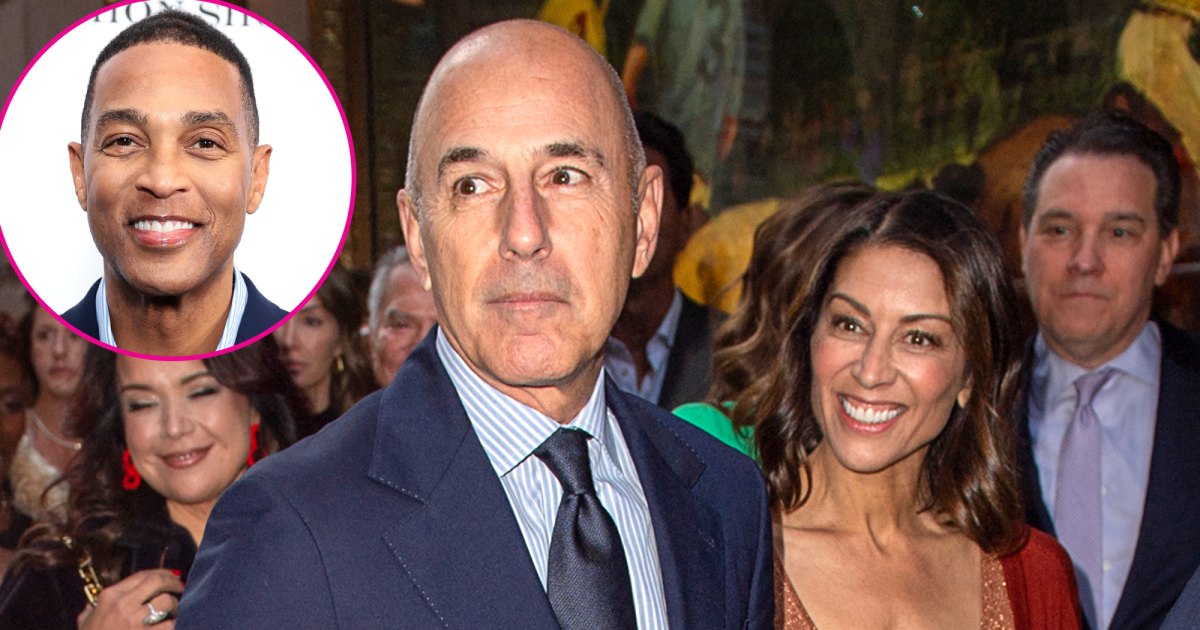The Pandemic Housing Boom was simply too good of a deal for investors to pass up on: Historically low interest rates, easy access to capital, soaring rents, and skyrocketing house prices. That’s why everyone from mom-and-pop landlords, Airbnb hosts, to institutional big dogs piled in. At the height of the pandemic housing demand boom, Invitation Homes—which owns 82,837 U.S. single-family homes—was net buyer of 1,523 homes in Q3 2021. While American Homes 4 Rent—which owns 58,693 U.S. single-family homes—a net buyer of 1,292 homes in Q3 2021.
However, that investor frenzy which started in the summer of 2020, abated once interest rates began to spike in spring 2022. The combination of spiked interest rates, coupled with a lack of homes coming for sale in 2023, has translated into something of an institutional home buying freeze.
According to John Burns Research and Consulting, institutional firms bought 90% fewer homes in Q1 2023 as compared to Q1 2022. In the first half of 2023, both Invitation Homes (-205 homes) and American Homes 4 Rent (-300 homes) were net sellers. While Yieldstreet—which owns around 700 homes—told Fortune it hasn’t bought a single home in 2023 through July.
That said, the next upswing could already be in the works.
On Tuesday, MetLife Single Family Rental Fund revealed that it has secured $390 million in committed capital. Additionally, in July, J.P. Morgan Asset Management announced its intention to engage in a $625 million joint venture with American Homes 4 Rent, with plans to develop rental homes nationwide. Furthermore, Invitation Homes acquired a “portfolio of nearly 1,900 homes for approximately $650 million” on July 18th—this move is poised to position it as a net buyer once its third-quarter results are published.
This all raises the question: How long will institutional firms remain timid? What, if anything, would have to happen to cause another frenzy?
To find out, Fortune reached out to Noel Christopher. He’s one of the nation’s leading thought leaders in both the single-family rental (SFR) space and the build-to-rent space (BTR).
Fortune: What fueled the pandemic-era institutional housing bull rush?
Interest rates, rental home demand, and the need to deploy capital.
Interest rates speak for themselves. Rental home demand will continue to drive the need for homes, both rentals and owner-occupied homes. The single-family rental space is no longer on the fringe. It is one of if not the largest, real estate asset class. With the continued under supply of homes, the demand will fuel the need, thus the investors, big and small.
Why did spiked interest rates coincide with the institutional housing bull rush fizzling out?
One led to the other. It is basic economics. Like interest rates priced out many home buyers, it has done the same for large institutional investors. The rate shock has been unprecedented. It is the first time that these investors experienced this in the SFR space. No one knew what was going to happen. This caused most to put everything on hold. Many would have kept buying in many markets if they had a crystal ball.
Not only are many institutional homebuyers on pause, some are outright net sellers. That includes Invitation Homes—the country’s largest owner of U.S. single-family homes—which sold off more homes (378) than it acquired (276) in Q2 2023. That marks the third straight quarter that the rental operator was a net seller. Is this a temporary breather, or a prolonged institutional pause?
This is temporary. They paused and continued to cull their portfolio as they always have. For Invitation Homes, 378 homes out of 80,000 are nothing. They have been strategically buying portfolios and jumped into the Build to Rent space. I remember a few years ago Invitation Homes had no interest in BTR. They quickly pivoted. If the numbers work, they are buyers. The resale market, along with the large buyers, has ground to a halt. Mom-and-pop buyers are going strong and are trying to fill the gap of buying and rehabbing older housing stock.
What would have to happen to spur another institutional homebuying surge?
Stabilization in the debt markets, for one. Also, supply of resale homes. Until that market unsticks (rates), there need to be more homes to buy at scale. Those with a long view are gearing up to buy; I know this for sure. There has been much speculation from YouTube content providers who believe the large investors will dump rental homes to get out of the “trade”. That has been debunked many times.
How would you describe the differences right now in the single-family rental space versus the build for rent space?
Cheaper debt for BTR and they can create their supply. Also, the large multifamily operators can wrap their heads around BTR and come into the space in a big way. Operationally it is much easier to manage than SFR. The scattered site SFR space will always be there. AT 15M+ homes that the institutional investors have barely touched, don’t count out SFR. Only some people want to live in a rental community. There is something to be said for living amongst owner-occupied homes. For all the reasons above about supply, this will change at some point. Again, the need for rentals will be around for a while. The housing finance system is stacked against consumers.
Where do you see the biggest opportunities over the next five years in this space?
There are many opportunities. As the space evolves, allowing institutional investors to invest through local operators who hire local vendors will grow. Many markets need more professionally managed rental housing, which is hard for the capital to reach. A few groups are building robust marketplaces which will allow this to happen. Some are focused on small investors like Roofstock. Some are focused on more prominent investors like Avenue One. I also have become very intrigued by the Home Equity Investment space. In the next 1-3 years, that industry will grow exponentially. The ability for a home-owner or investor to sell their equity and keep the low-interest rate is enormous. Add the tax advantages; I see this space as a big win. Groups like Bonus Homes on the SFR HEI side and Unlock on the owner-occupied side will make big moves. Some groups like HEX are building the marketplace to support this could be a big winner.
Institutional homebuying is a relatively small piece of the investor-buying pie—let alone the overall homebuying pie—it gets scrutinized a lot. Some onlookers say institutional firms are helping to drive up home prices. How do you respond to those types of complaints?
I spend much of my time trying to debunk the misconceptions about this. As I mentioned, there needs to be more homes. Every home a home buyer buys is also taking one away from a renter. Rental houses have been around for a very long time in a big way. Homeownership has stayed steady for the last several years. Even though it has increased by quite a bit in the previous few years. The demographics of renters have also changed with renters who make more income and rent by choice. This didn’t just happen by chance. It coincided with the rise of the institutional investor. Renting from a professional landlord gives certainty that the home will get sold from somewhere other than under the renter. Believe it or not, institutional investors are filling a need and providing well-maintained, well-managed homes to renters. Most of the time, these investors take older homes that exceed the repair threshold a homeowner is willing to take on. Further, with the institutional investor only about 3% of the rental housing stock, it doesn’t make sense that they could move the market very much. There are specific markets with a high concentration. The fact is that they would only buy the home if the numbers worked. They need to set the rent above what the market will take. We see this all the time. If you ask too much, the market tells you.
Our housing finance system is broken. The need for housing is only increasing. The housing market in this country relies on private investors to build new and renovate old housing stock for people to live in. Once that changes, we will only rely on these private investors to provide homes. They will also be entitled to the risk-return for doing this. I say all this while the small investor dominates the single-family rental market and will for a long time, unlike multifamily, which is around 50% institutionalized. I don’t see the single-family rental space going above 10% for a long time. Remember that the regulations against large investors often hurt the smaller investor.

Want to stay updated on the housing market? Follow me on Twitter at @NewsLambert.


















:quality(85):upscale()/2023/09/13/661/n/1922564/e914a1066501cc897903d6.08615338_.png)









